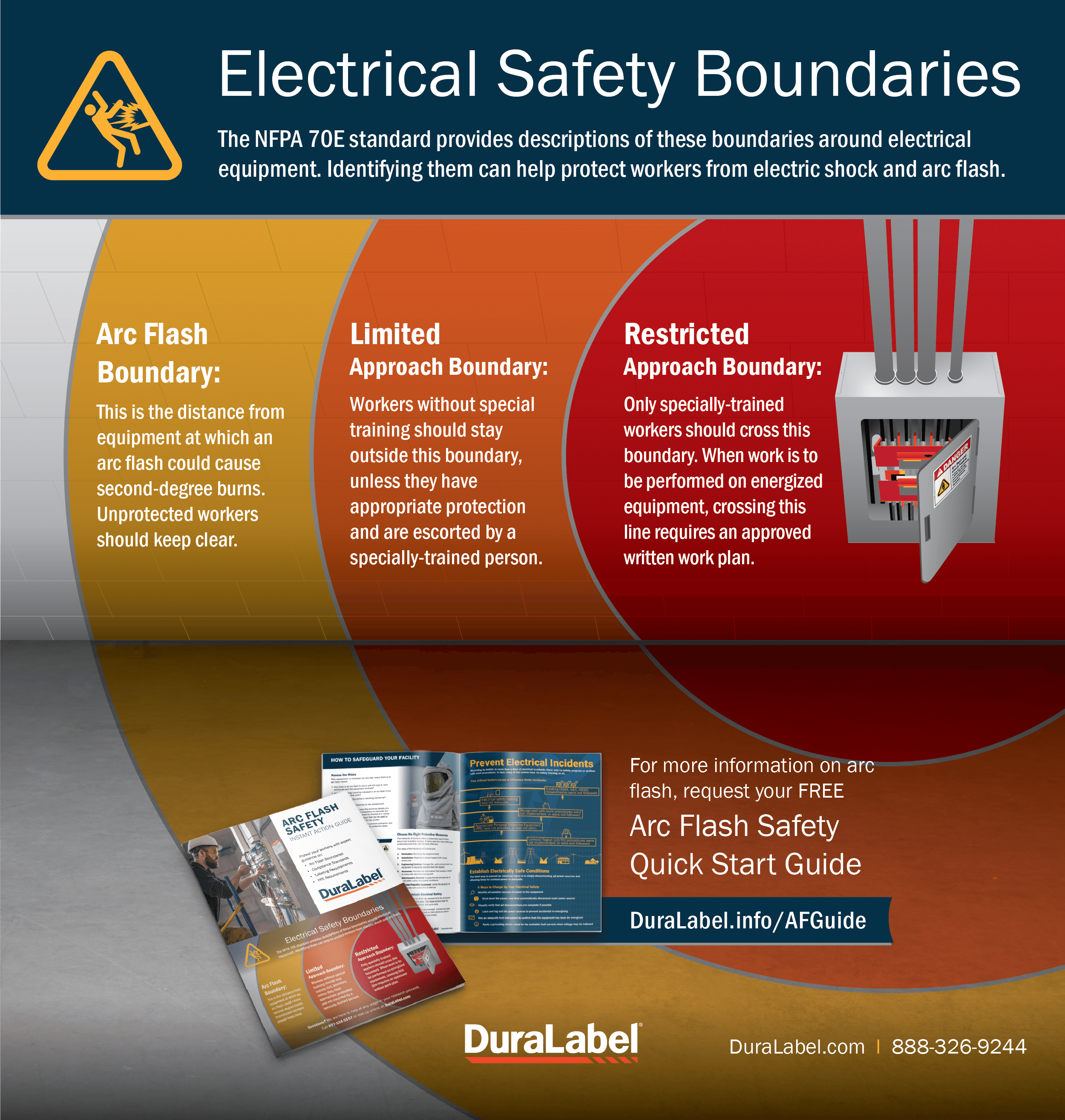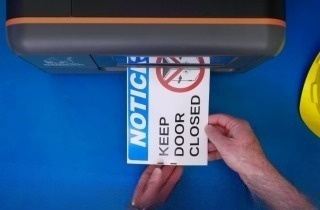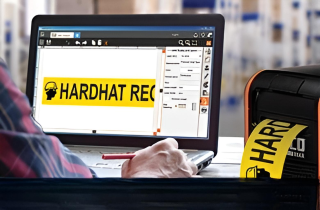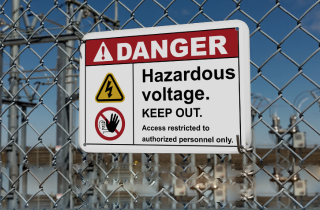The National Fire Protection Association (NFPA) recommends a series of protective boundaries around live electrical equipment. These boundaries, defined in the NFPA 70E standard, provide a simple and effective way to protect workers from the hazards of arc flash and electric shock.
While different equipment will have these boundaries placed at different distances, each boundary always serves the same purpose. This infographic shows the differences between boundaries, helping you and your workers stay safe around powered electrical equipment.
.png)









